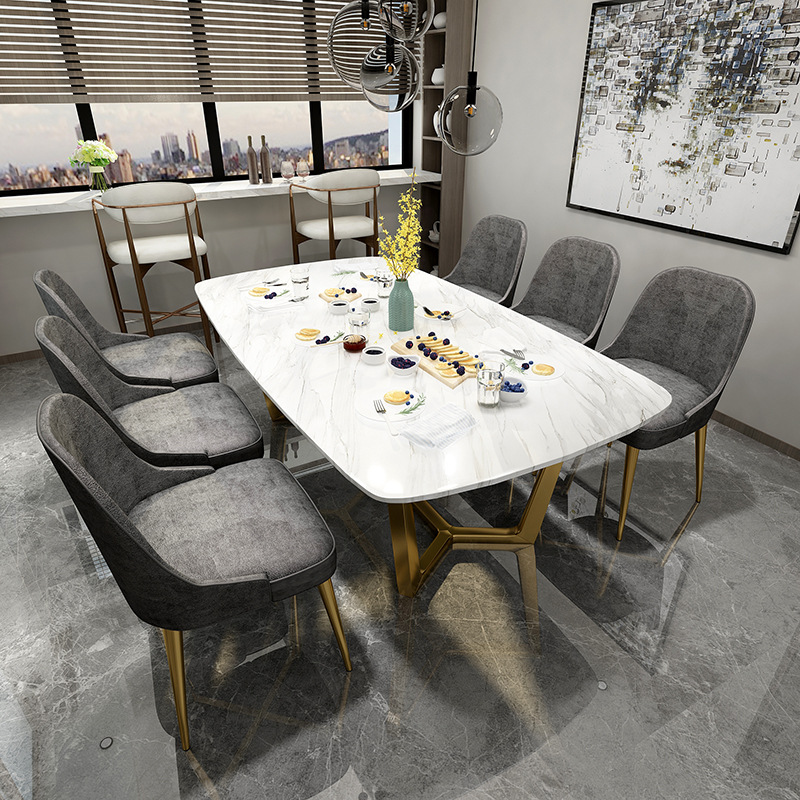While marble top dining tables are renowned for their beauty and durability, it’s important to consider the environmental implications of using natural materials like marble in interior design.
Marble is a natural stone that is quarried from the Earth’s crust. The extraction process involves cutting large blocks of marble from quarries, which can have a significant impact on the environment. Quarrying activities can lead to habitat disruption, soil erosion, and loss of biodiversity. Additionally, the transportation of marble from quarries to manufacturing facilities and then to consumers contributes to carbon emissions.
However, advancements in sustainable quarrying practices and responsible sourcing have aimed to mitigate these negative effects. Some marble suppliers prioritize ethical and sustainable practices, such as reforestation, habitat restoration, and minimizing water usage during processing.
Another aspect to consider is the longevity of marble top dining tables. While they are known for their durability, the aesthetic preferences of consumers can change over time, leading to furniture being discarded prematurely. Choosing a classic marble design that transcends trends can help reduce the need for frequent replacements and contribute to a more sustainable approach to interior design.
If environmental concerns are a priority, exploring alternative materials like engineered stone, which can mimic the look of marble without the environmental impact, might be a viable option.
In conclusion, while marble top dining tables bring elegance to interior spaces, their environmental impact should be carefully considered. Opting for sustainably sourced materials, choosing timeless designs, and practicing responsible consumption can all contribute to a more environmentally conscious approach to interior design.















